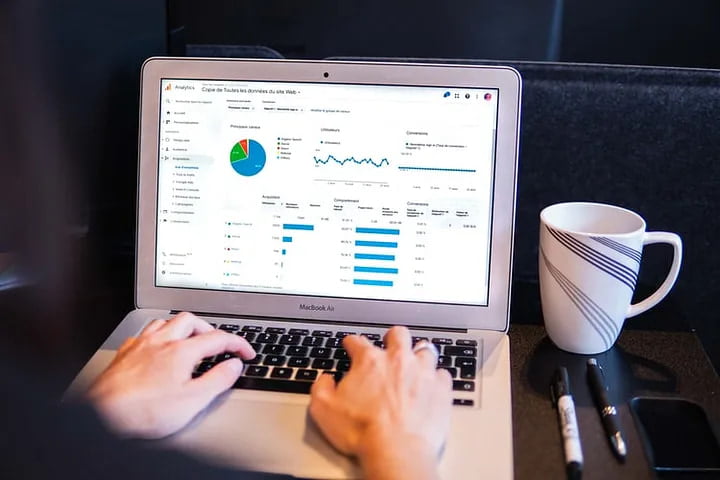
In today’s age of big data, raw data can be overwhelming and unmanageable for companies. With thousands, if not millions, of rows of data spread across multiple tables, manually combining multiple data sources can be a daunting task that is both time-consuming and prone to human error. This is where data preparation and visualization tools come into play. Analysts can easily merge, clean, and condense data into visually appealing graphs and charts, making it easier to derive actionable insights.
However, the popularity of these tools does not guarantee accurate and reliable results. Data scientists must ensure that they follow a detailed design procedure to maintain data and visual integrity. Visual integrity ensures that the visuals being shown accurately represent the raw data sources they originate from. In this article, we will outline some of the best practices that should be followed to ensure visual integrity.
Cite Data Sources
Proper citation of data sources, whether internal or external, is critical. By citing data sources, developers can locate raw data sources quickly in case of errors. Leaving this step out can create credibility difficulties when it comes to stakeholder buy-in, and leadership may raise questions as to how the data was gathered. Hence, data sources must be cited appropriately.
Ensure Data Prep is Accurate
It is important to go through all of your data with a fine-tooth comb before beginning any visual aspect of the development. With automation behind many data cleaning tools, it can be easy to overlook critical steps in the initial data preparation. Therefore, it is essential to double-check your cleaning steps to ensure that there are no incorrectly placed filters or calculations that may hide vital elements of data. Failure to do so can lead to important data being left out, resulting in incorrect results and false insights for decision makers.
Make Sure Data is Not Misleading
Developers must ensure that they are not excluding information from visuals due to personal bias or the desire to influence the organization in a particular direction. This could include removing an outlier value or scaling the visual to manipulate perception. Consistency in presentation is also key to ensure that visuals are accurately interpreted by viewers. By avoiding these biases, data analysts and scientists can present credible, accurate, and reliable data to decision-makers.
In conclusion, it is essential to maintain visual integrity while presenting data to stakeholders. Following the above practices can help ensure that the data presented is accurate and credible, providing valuable insights to decision-makers. By being diligent in maintaining data and visual integrity, data analysts and scientists can gain the trust and confidence of their stakeholders, which will lead to more informed and confident decision-making.

